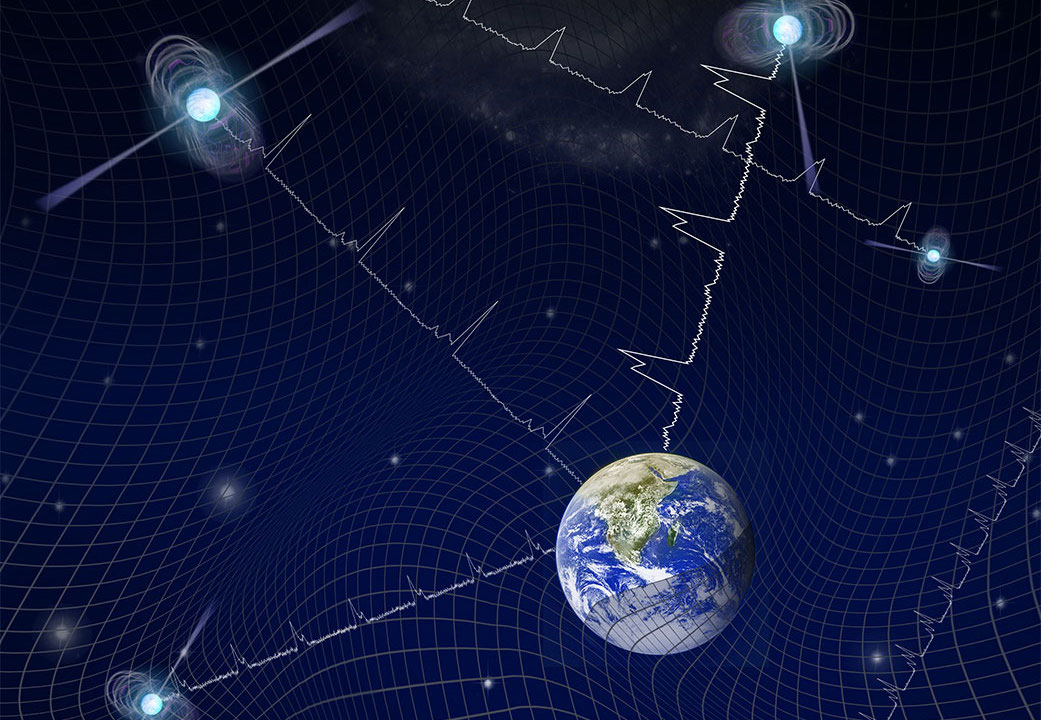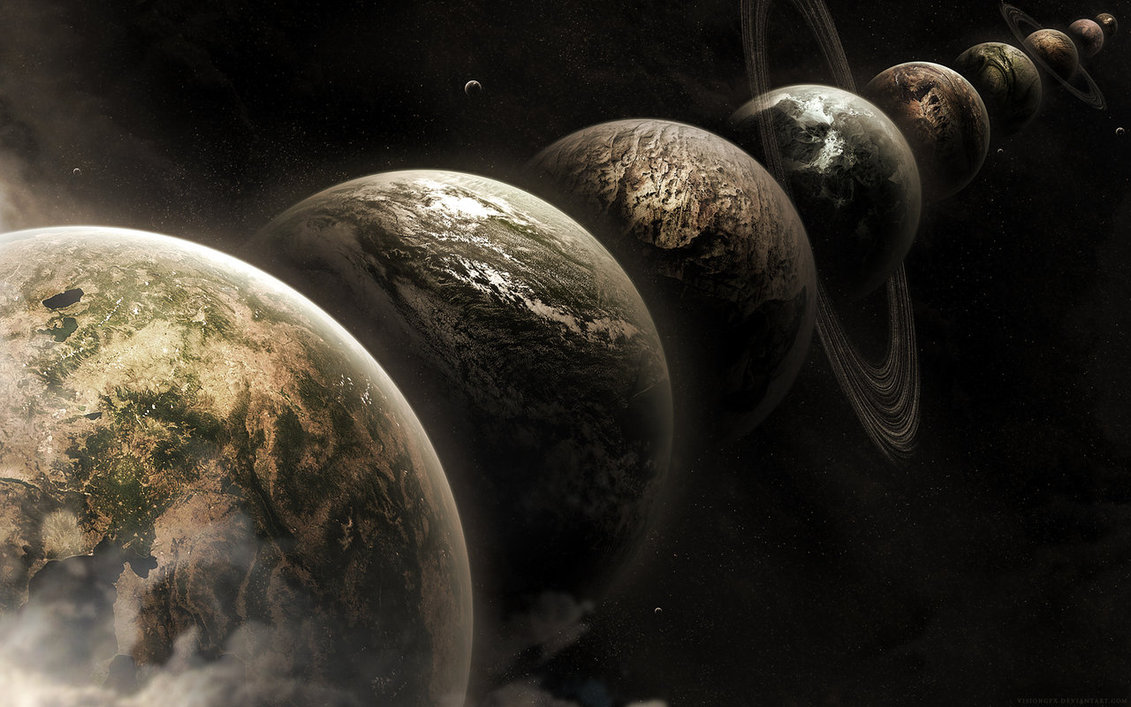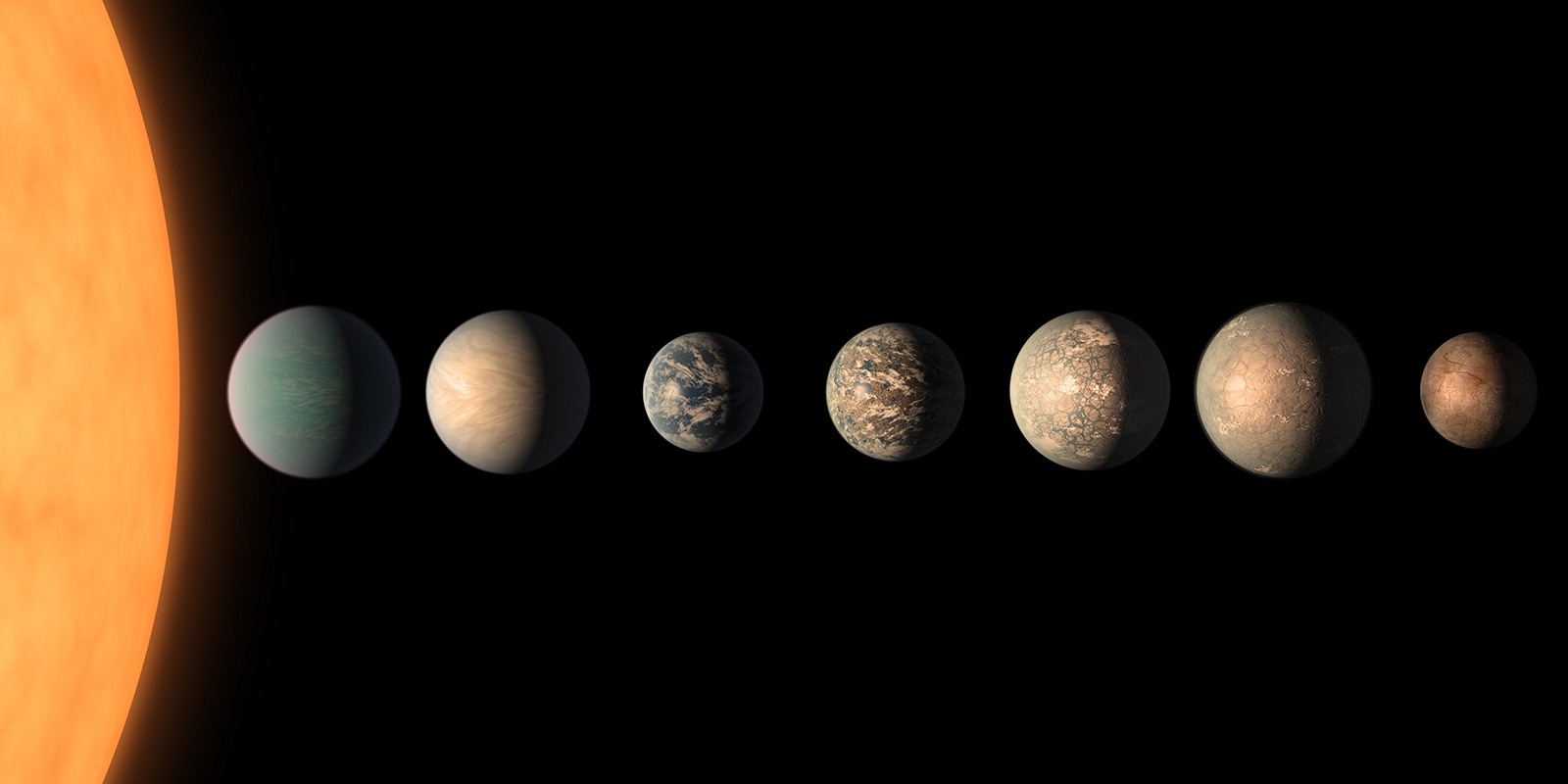One of the challenges of gravitational wave astronomy is moving its abilities beyond observations of stellar mass mergers. The collision of two black holes or neutron stars releases a tremendous amount of gravitational energy, but even this is a challenge to detect. Gravitational waves do not couple strongly with most matter, so it takes a tremendous amount of sensitive observations to observe. But we are getting better at it, and there are a few proposals that hope to take our observations even further. One example of this is a recent study that looks at utilizing the magnetospheres of Earth and Jupiter.
Continue reading “The Earth's Magnetosphere Could be Used as a Gravitational Wave Observatory”Meteorites Store a Magnetic Memory of the Early Solar System

Although they are thought of as rare, meteorites are actually quite common. About 40,000 tons of meteorites strike Earth every day. Most of them land in the ocean, and most are quite tiny, but they are still common enough that hobbyists all over the world find meteorites all the time. The most common place to find them is in arid regions where their coloring can stand out from the terrain. But even then a meteorite can be difficult to distinguish from terrestrial rocks.
Continue reading “Meteorites Store a Magnetic Memory of the Early Solar System”Building Planetary Systems That Could Last Forever
Vacations can be quite enjoyable. Visiting historic cities, lounging in the Sun on a tropical beach, or snuggling up at a cozy mountain resort. But while the destinations are great, traveling itself can be a chore. Crowds, cramped flights, delays. It would be great if there were some short cut to our destination. Now imagine the vacationers of a galactic empire. It’s great to visit the diamond shores of Exoticon 5, but nobody enjoys all that mucking about in hyperspace. So why not bring these worlds closer to home? That’s the idea behind a study recently published in MNRAS. It basically looks at how a super-advanced civilization might pack a bunch of planets into the habitable zone of a single star.
Continue reading “Building Planetary Systems That Could Last Forever”JWST Fails to Disprove the Big Bang
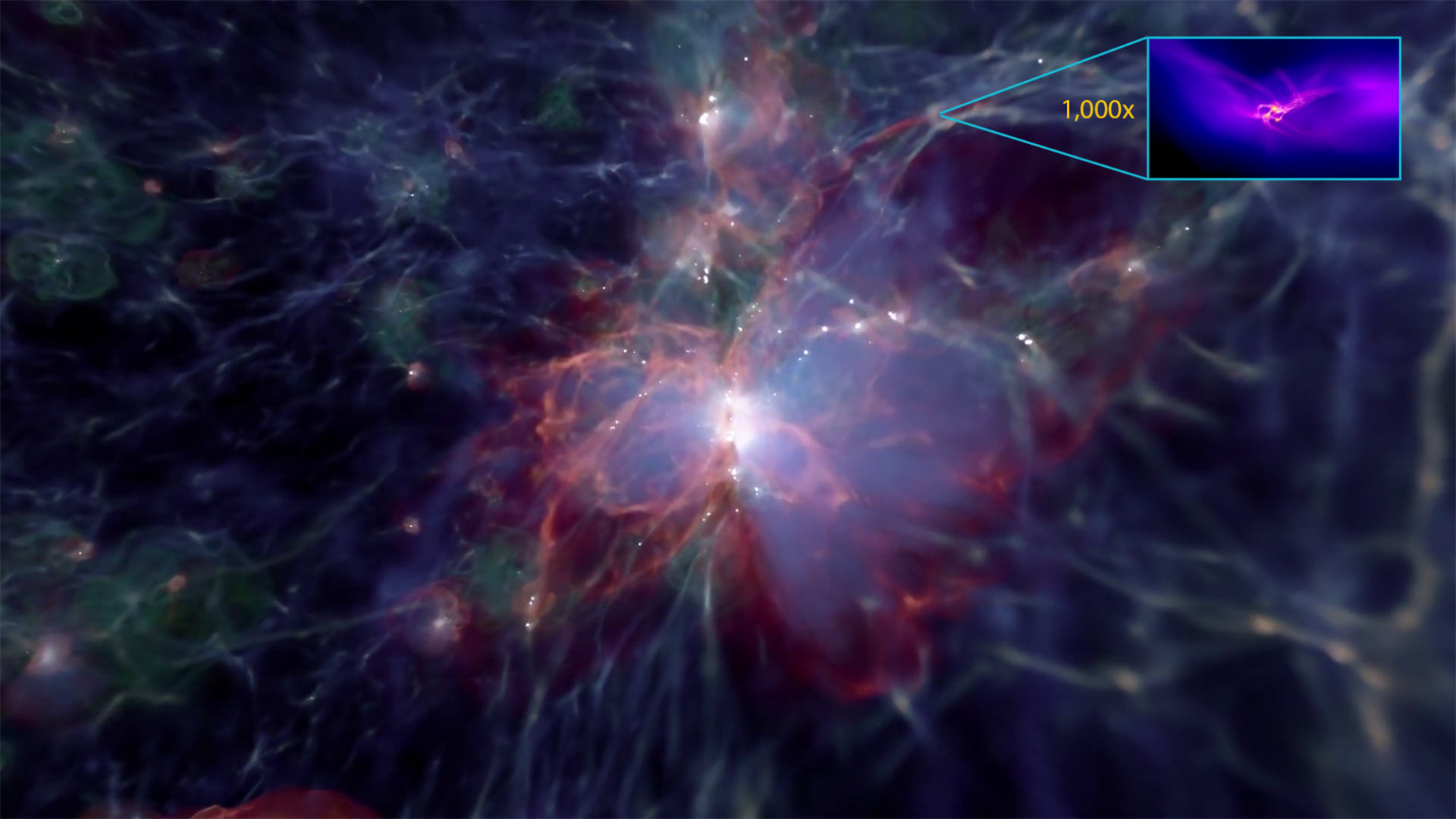
The James Webb Space Telescope (JWST) is revolutionizing our understanding of the early universe. With a mirror larger than Hubble and the ability to observe deep into the infrared, JWST is giving us a detailed view of that period of the universe when galaxies were just starting to form. The results have been surprising, leading some to argue that they disprove the big bang. But the big bang is still intact, as a recent study shows.
Continue reading “JWST Fails to Disprove the Big Bang”Thirsty on the Moon? Just Throw Some Regolith in the Microwave
No matter where we go in the universe, we’re going to need water. Thus far, human missions to Earth orbit and the Moon have taken water with them. But while that works for short missions, it isn’t practical in the long term. Water is heavy, and it would take far too much fuel to bring sufficient water to sustain long-term bases on the Moon or Mars. So we’ll have to use the water we can extract locally.
Continue reading “Thirsty on the Moon? Just Throw Some Regolith in the Microwave”Black Hole Event Horizons Can Get So Big it'll Boggle Your Imagination

In honor of Black Hole Week, NASA’s Scientific Visualization Studio has released an amazing video showing how several supermassive black holes scale with our solar system. It’s definitely worth checking out because it’s an excellent example of just how overwhelmingly huge some black holes are.
Even if There's Life on TRAPPIST-1, We Probably Can't Detect it
If we ever find life on other worlds, it is unlikely to be a powerful message from space. It’s certainly possible that an alien civilization specifically sends us a radio message like a scene out of Contact, but the more likely scenario is that we observe some kind of biological signature in an exoplanet’s atmosphere, such as oxygen or chlorophyll. But as a recent study shows, that could be more difficult than we thought.
Continue reading “Even if There's Life on TRAPPIST-1, We Probably Can't Detect it”Aliens Could Map Earth From its Mobile Phone Towers
Mobile phones are so ubiquitous that we typically don’t think about how they work. They just do, much to our benefit, and sometimes annoyance. But the key to their function is a vast array of radio transmission towers. These cell towers span a large percentage of Earth’s land surface, particularly in heavily populated areas, and they transmit microwave signals all the time. With all those cell towers emitting all those radio signals, a fun question to ask is whether those signals could be detected by an alien civilization.
Continue reading “Aliens Could Map Earth From its Mobile Phone Towers”Bizarre Exoplanet Breaks All the Orbital Rules
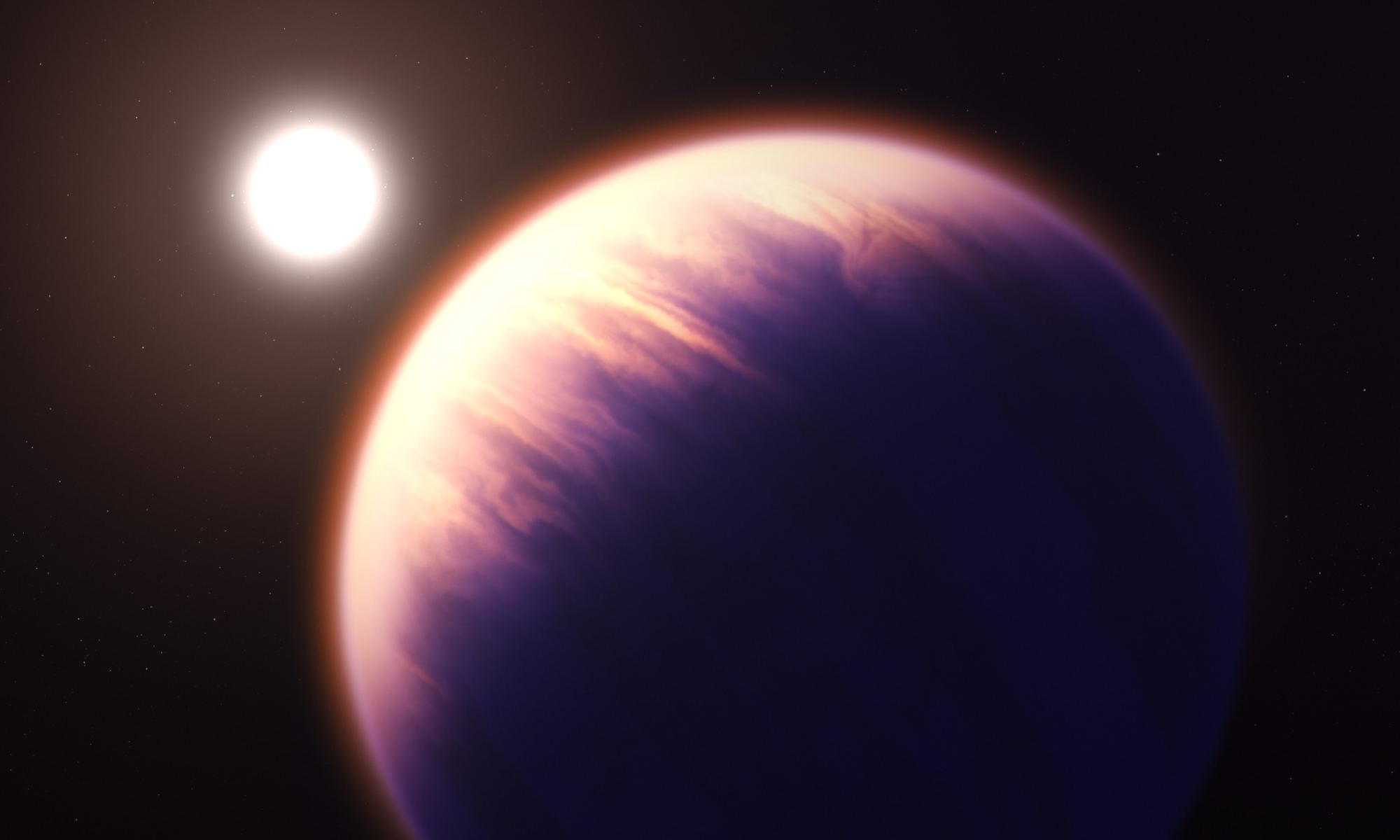
In our solar system, the planetary orbits all have a similar orientation. Their orbital planes vary by a few degrees, but roughly the planets all orbit in the same direction. This invariable plane as it’s known also has an orientation within a few degrees of the Sun’s rotational plane. Most planetary systems have a similar arrangement, where planetary orbits and stellar rotation are roughly aligned, but a few exoplanets defy this trend, and we aren’t entirely sure why.
Continue reading “Bizarre Exoplanet Breaks All the Orbital Rules”These Stars are Already Merging, but Their Future Will Be Catastrophic
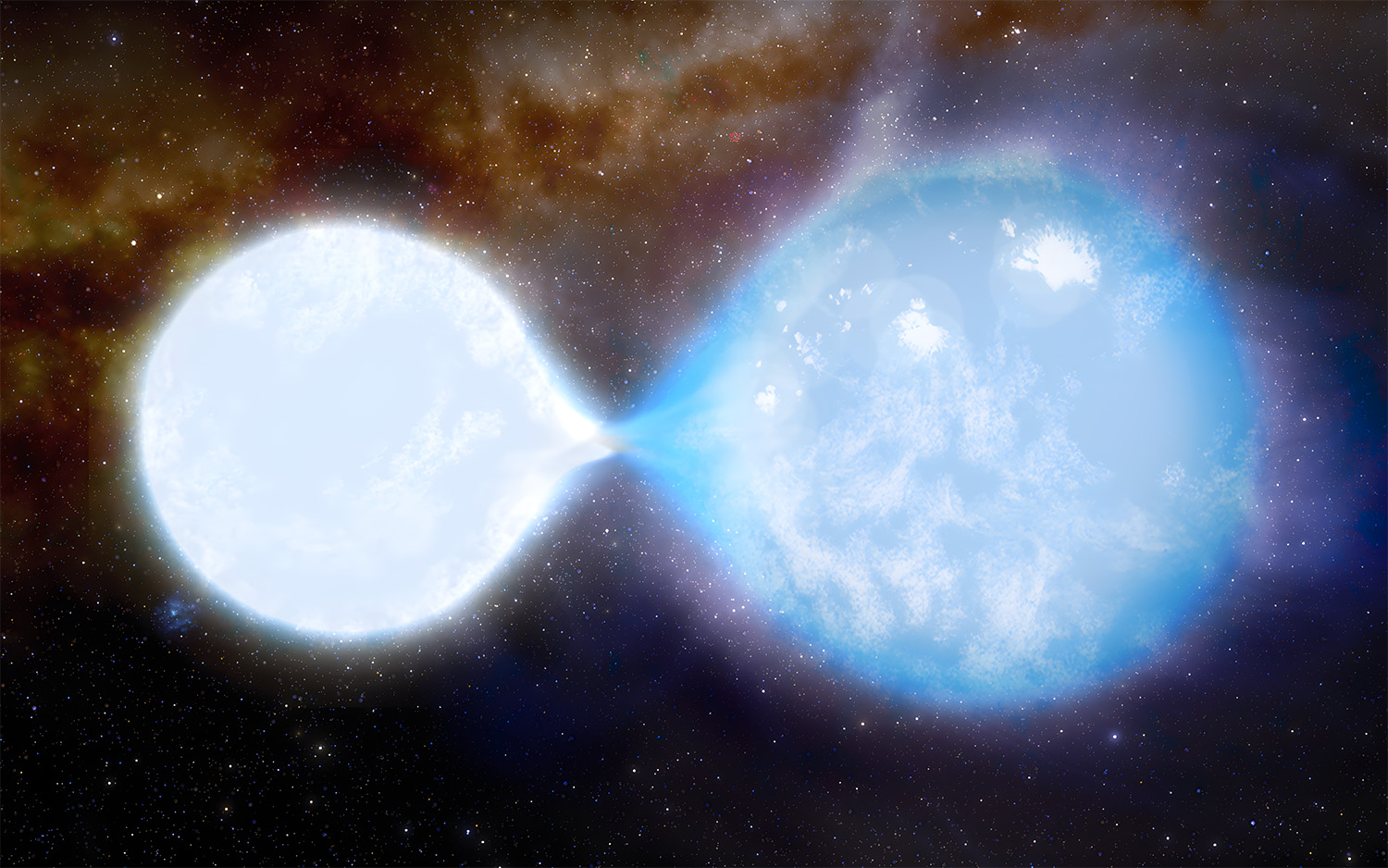
Close-orbiting binaries are a ticking time bomb. Over time they spiral ever closer to each other until they merge in a cataclysmic explosion such as a supernova. But in the middle of their story, things can get interesting. Some stars collapse into a white dwarf before merging with their partner, others edge so close to each other that their surfaces touch for a time, becoming contact binaries before finally colliding. But one newly discovered binary system will have a wild ride before its final demise.
Continue reading “These Stars are Already Merging, but Their Future Will Be Catastrophic”
